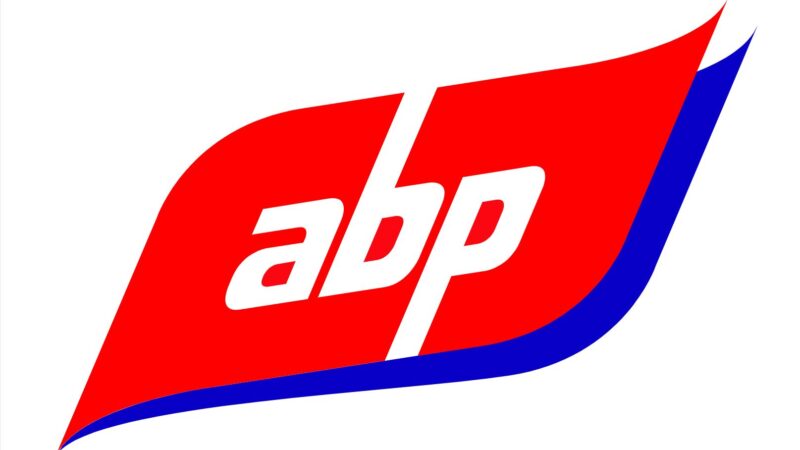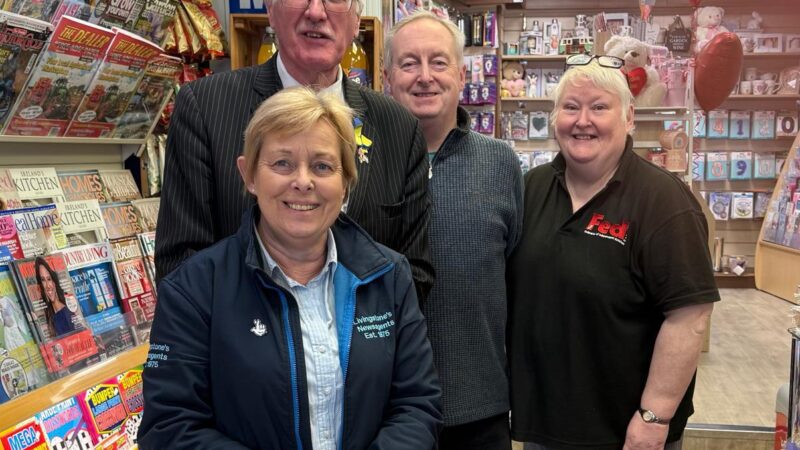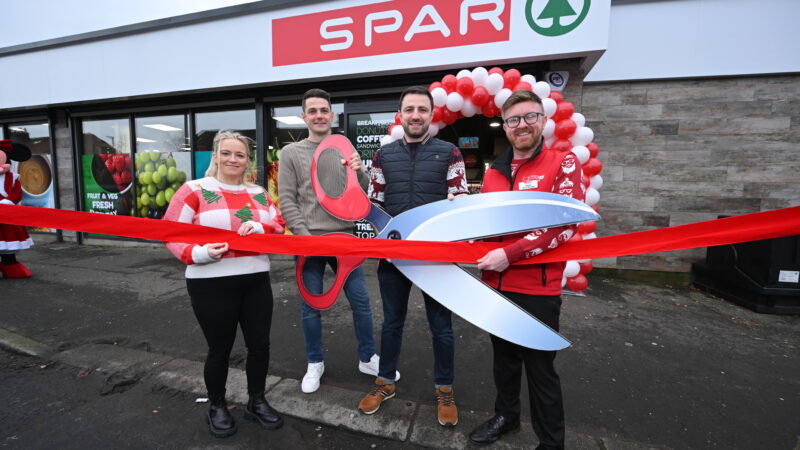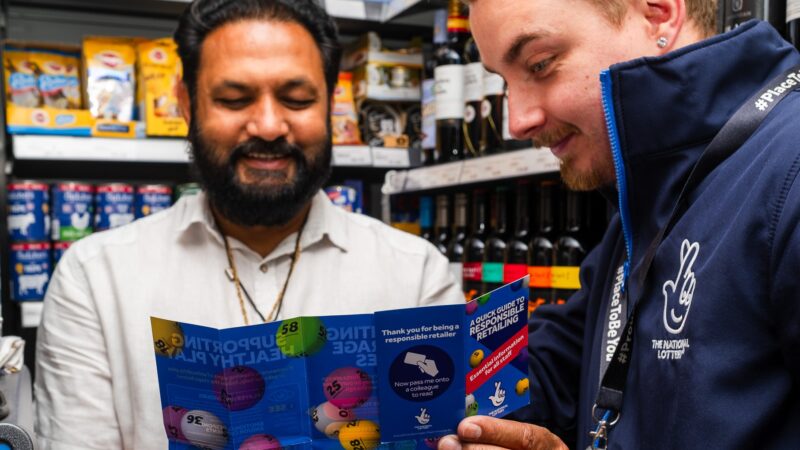Why we need to reinvent the High Street: veteran retailer Bill Grimsey
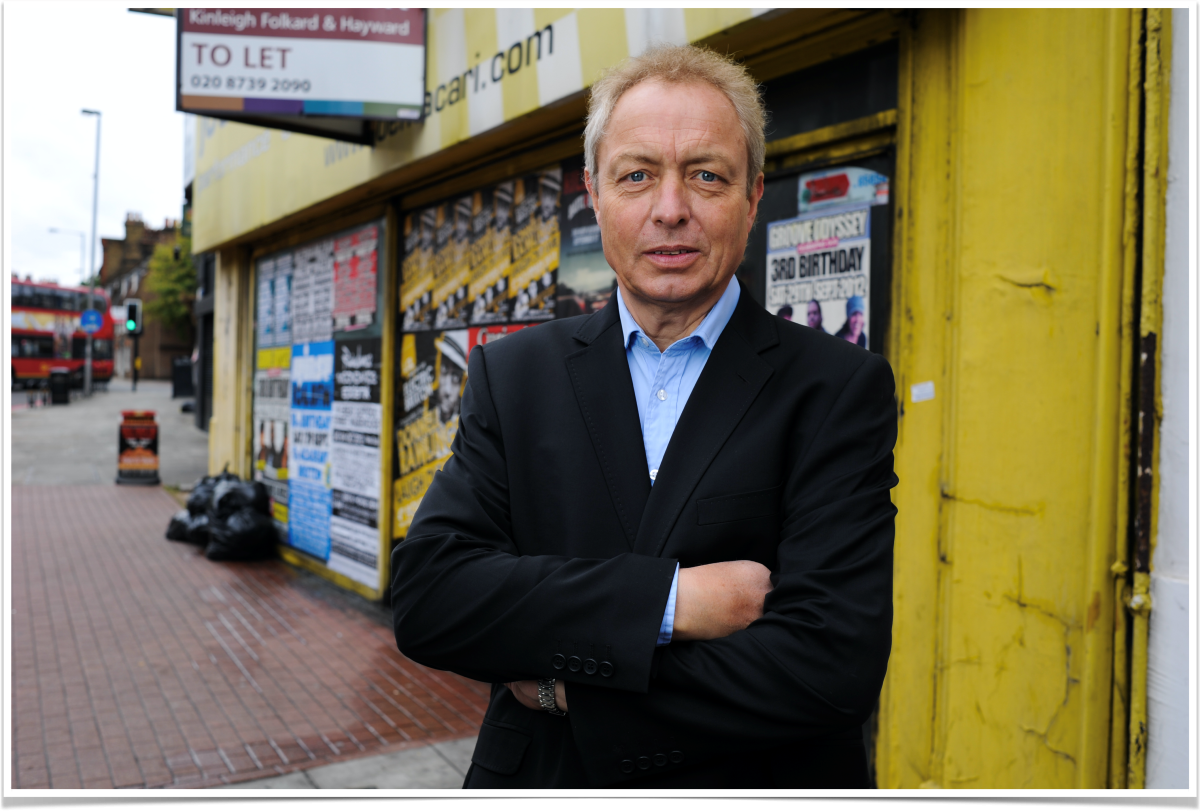
The High Street as we know it is as good as dead already. That’s the bleak warning from veteran retailer Bill Grimsey – but he says the answer is to reinvent the High Street.
Bill Grimsey warns that we could be about to see a lot of independent retailers vanishing from the High Street over the next 18 months to two years.
In his Build Back Better review of the High Street under Covid, he has called for business rate relief to be extended up to April this year and then consider extending it again – particularly for independent retailers and service providers.
He also feels it would make a big difference to the viability of the sector if the approximately £1.7bn of debt that has been taken on by independent retailers could be forgiven, describing that debt as “cheap debt” that retailers wouldn’t have considered taking on under normal circumstances and must now start repaying.
“Why not just forgive it? The Government has got the money back from the supermarkets to pay for it and it will actually help the economy, because you’re going to see a lot of independent retailers disappear over the course of about 18 months to two years because of over indebtedness,” he suggests.
“You won’t notice it in the statistics because it will be one shop in this high street, another shop in another high street, but you’ll suddenly wake up and we’ll suddenly be back to the heights of 14-15% High Street vacancies. We’re already there because of shops emptying in high streets and it’s because of this debt mountain that they’ve been encouraged to take on to survive the pandemic but which they couldn’t afford to repay.”
Deaf ears
But his advice, targeted at the government early in the pandemic, has fallen on deaf ears.
“I’m at the stage of being enormously frustrated as yet another situation has developed where we say ‘Look, I told you so, why didn’t you do something about it then because you could have avoided some of this tragedy now,” Bill says.
“For a lot of these independent retailers, when they go bust, it’s usually cost them their house as well. Very serious personal and mental health issues have developed out of this in the independent sector, but it never gets any airtime because it’s not a big named High Street operator. The media have singularly failed because they don’t notice what is happening – it’s one shop here, one shop there, it’s like death by 1,000 cuts.”
It’s 10 years since Bill retired from retail, but he clearly finds it tricky to relax when he sees something that needs fixing – in that time he has published four Grimsey reviews examining the state of play in the High Street, particularly when it comes to independent retailers.
Veteran retailer
His career has spanned 1967 to 2012, during which time he has been fresh food director of Budgens, the first customer service director at Tesco and MD of the Park and Shop supermarket chain in Hong Kong for five years, before evolving into a kind of ‘ company doctor-retailer’ who brought ailing chains back to health.
Appointed as chief executive of Wickes when the banks were in control following the discovery of a major fraud, he rescued the chain and put it back on an even keel, then did the same for Iceland and Booker which faced breaching its Bank covenants and the Banks were in control. Bill was the Chief Executive for four years refinancing the debt and putting the Group back on track before selling the business.
Buoyed by those successes, he bought Focus Do It All for £1 before it went into administration, but that proved less successful, as he quips :“Here’s a tip – don’t buy a home improvement business in 2007. Not good timing – a year later the whole world changed.”
By 2012 he’d had enough and wrapped it up, retiring to write a book called ‘Sold Out: Who Really Killed the High Street?’ and getting into a high profile spat with Mary Portas.
High Street tsar
“Mary Portas was commissioned by David Cameron to do a review of the High Street and I was hoping that it would have highlighted what needed to happen within our industry to face the challenges of the 21st Century” he says.
“Unfortunately her review didn’t and I fell out with her big time because I thought the industry deserved a better review than what she produced, which I felt was basically aimed at promoting her.
“So I fell out with her bigtime, publicly, and said to some friends and colleagues ‘Look, either we put up or shut up so I will finance a review which I felt she should have produced that resulted in the first Grimsey review in 2013.
“That started to get some traction, not with the Conservatives who were wedded to the Portas trials, but more with the Labour opposition at the time.”
Five years on, in 2018, he did an update revisiting the Grimsey Review producing The Grimsey Review 2.
“Then we went into the pandemic, I got a call saying why don’t you do a review as the pandemic is kicking off, so we launched the ‘Build Back Better” Grimsey Review Covid supplement in June 2020. Build Back Better was head of the government’s terminology, but I’m not claiming victory for that phrase – I think Andy Burnham in Manchester coined it first!”
Against all odds
Last year he was asked to do some research into the independent sector, including retail, hospitality and services, resulting in the “Against All Odds” Grimsey Review published July 2021: “It focused on independent businesses and highlighted what was coming down the track – which is now happening, but the government has done nothing about addressing the real challenges independent businesses face.”
The food convenience sector, he says, has come under increased pressure since as far back as 2001 when the bigger supermarkets began to enter this sector and the forecourt sector, with Tesco’s acquisition of One Stop which led to Tesco Express, and then subsequently the advent of Sainsbury’s Local.
“That hit the convenience sector hard – and then came the acquisition of Booker by Tesco which has brought Tesco into the supply chain too many independent convenience store retailers under Premiere the Premier fascia,” he says.
”True independent grocers out there are much fewer than they ever were back at the start of my career and that pressure has continued.”
While the pandemic brought opportunities for independent grocers to remain open as essential retailers, bigger retailers received immense support in relative terms.
“They had the opportunity to furlough large swathes of their overhead cost in development areas. So they could put that on ice and make much more money out of just focusing on their current model, fulfilling this enormous growth in business because people weren’t eating out,” Bill says.
“And then the government comes along with furlough business rate relief and gives business rate relief to everybody, whether you’re open or not, in the retail sector, which was crazy.”
Big names
Bill spoke up at a parliamentary subcommittee in November 2020 questioning why the government was taking this approach: “It’s just crazy, these guys do not need this relief and it amounted to well over £2bn.
“It wasn’t just those big retailers like Tesco, Sainsbury, Morrisons and Asda but also people like Iceland, M&S, Waitrose, the Co-Op and spread to retailers like The Range.”
It was too easy for a large home store like The Range to simply install a few freezers selling Iceland goods and remain open as an essential retailer while independent card shops or picture frame shops had to shut and lose out.
“The business rate relief went to these retailers and they didn’t need it – they were actually making more money during the pandemic they’ve ever made. So I was delighted to see that four or five weeks later, I’m not saying because of me, but there were some influential MPs around the table and Tesco started the ball rolling by giving back their business rate relief and it kind of snowballed from there – about £2.5bn was given back to the Treasury. Why can’t this money be used to help independent retailers who have had a raw deal?”
Future of High Streets
Looking into the future for our High Streets, Bill says local authorities are gradually realising they can no longer save the High Street as an exercise. Instead, it needs to be about creating more of an experience, with creative community hubs, green spaces and events not just retail.
“What you need to do is redevelop the town based on a different set of principles, because home shopping has been accelerated during the pandemic. It went forward 10 years in one year and hasn’t slipped right the way back again,” Bill warns.
“So you’re going to see more and more erosion of commercial activity and you need to create environments in town centres and high streets that are more experientially-driven based on health, education, entertainment, leisure, open spaces, branding your town based on heritage, all that kind of stuff.”
Belfast is an example of a city that is in a good position to market its other assets and boost retail in the process, he says.
“Belfast is really fabulous and what they’ve done with the waterfront and the Titanic museum and all that kind of stuff – it’s good stuff,” he says.
Branding our towns
“Chief executives of local authorities are the key, not your elected leaders but the officers. They need to be a different breed, they need to be rewarded properly and they need to brand these places based on some kind of vision and positioning and compete for people to come live, work, play and visit for a reason – and that reason can no longer be just retail.
“So I’m sure you’ve got, in pockets of Belfast and other places in Northern Ireland, loads of heritage and history that can be the branding if you like – get the plan together, have more open spaces, less cars in your towns.
“By 2050, cars will start to come out of the towns, there’s no doubt about that. So let’s start pedestrianising now, let’s have small green pocket parks in our town centres, let’s create spaces for health, entertainment, leisure, arts and crafts and get the community involved in a community hub.
“Retail will prosper from there, as will other independent commercial enterprises, because you’ll get more footfall as a consequence. People will visit town centres for other reasons than just shops and events are important to that.”
One classic example, he says, is Stockton on Tees where the local authority has bought two underperforming chopping centres.
“They’re blowing one up and moving all the good retailers from there to the other one, and making it commercially viable. There was too much retail space and now there’s less,” he says.
“They’re selling that back to the good shopping centre to the private sector to run and they’re opening up the River Tees to the town centre with a green park where the old shopping centre was – it’s that kind of radical approach that is needed. They also run 97 events a year – that’s nearly two a week.
“So it’s all about the local authority acting as the catalyst, developing a strategy for 20 years ahead and being brave and bold,” Bill concludes.


